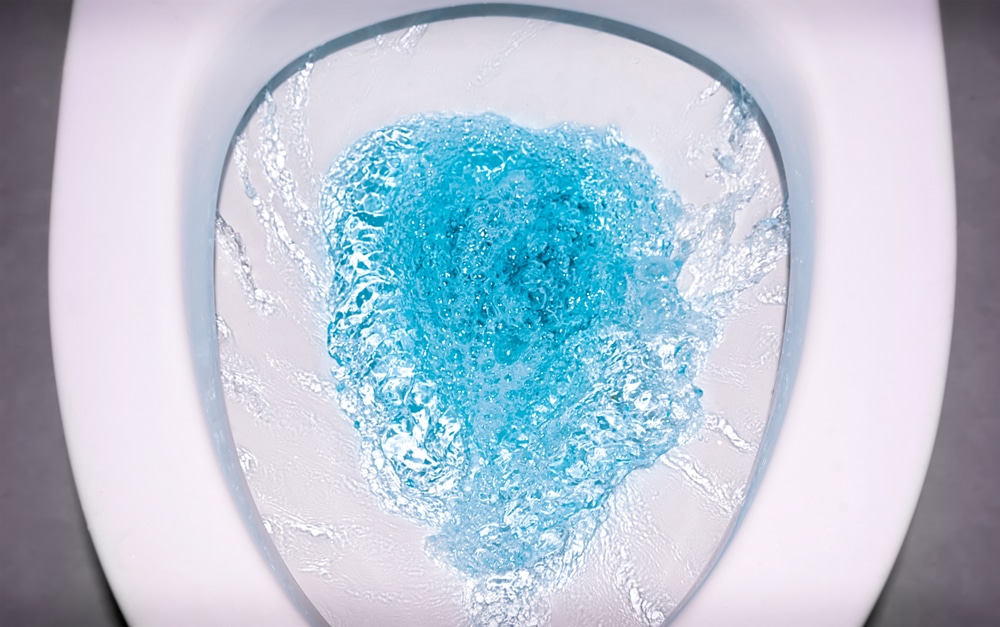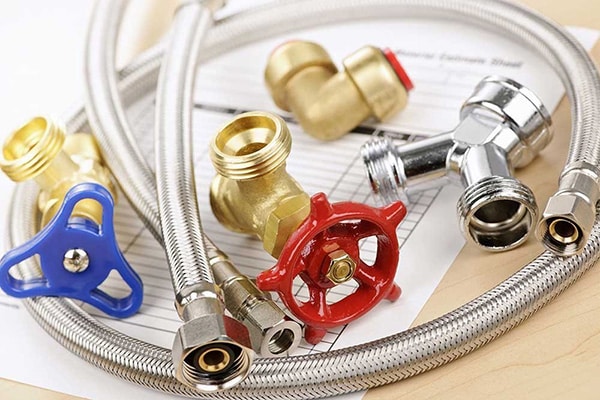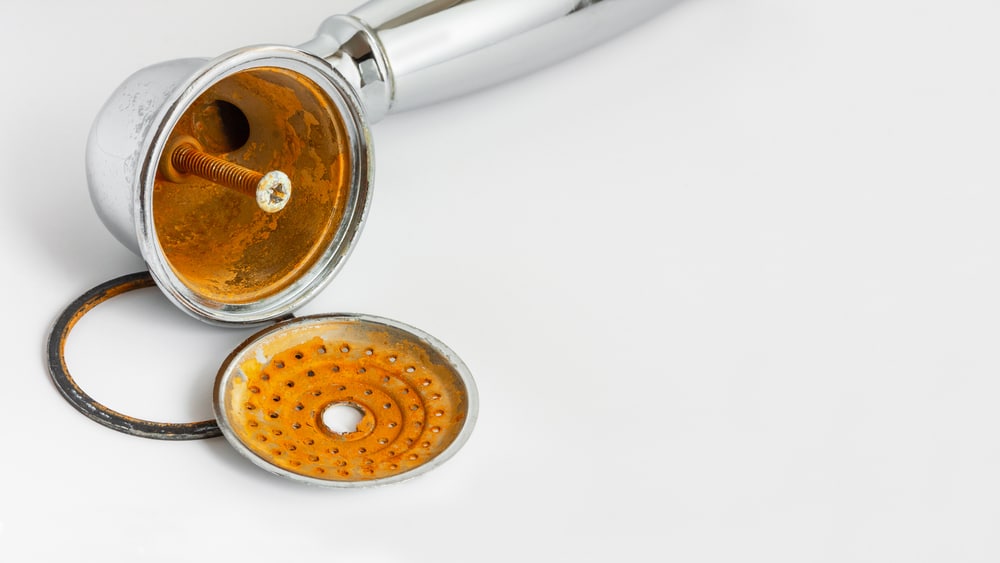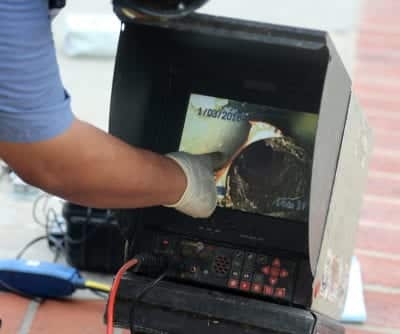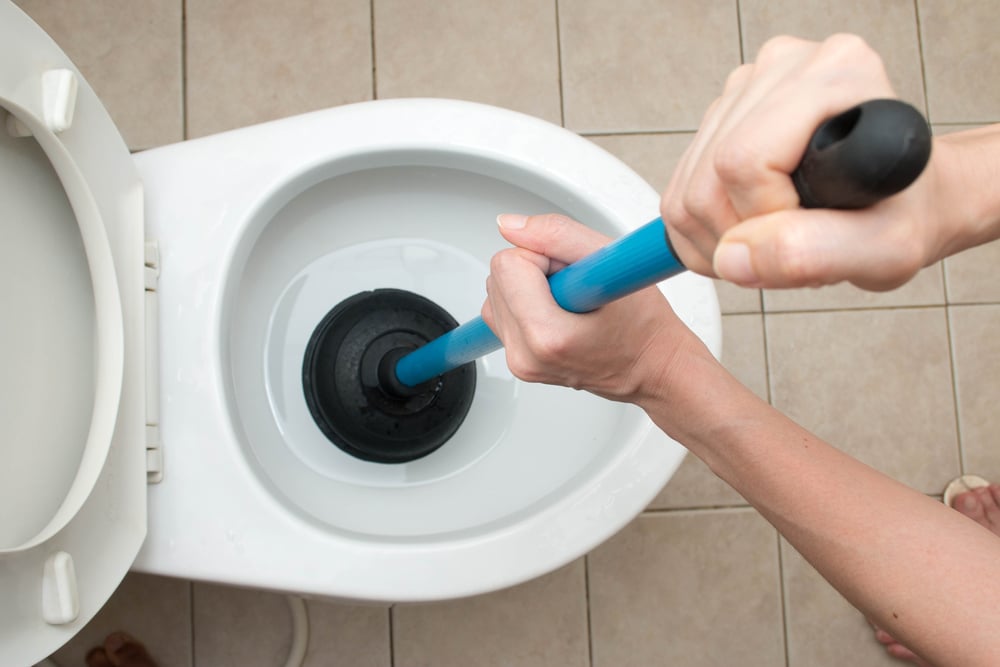Dealing with a backed-up sewer line is an unpleasant situation that no homeowner wants to face. Not only does it create a mess to clean up, but it also poses serious health hazards to you and your family. It’s essential to address the root cause of the problem to prevent it from happening again. In this article, we’ll explore the common causes of sewer backups and provide you with practical tips to keep your sewer lines flowing smoothly.
Common Causes of Sewer Backups
Sewer backups can occur due to various reasons, including tree roots, grease buildup, and collapsed pipes. Tree roots are one of the leading causes of sewer backups. As trees grow, their roots can penetrate sewer lines, causing blockages and damage to the pipes. Grease buildup is another common cause of sewer backups. When grease is poured down the drain, it hardens and sticks to the inside of the pipes, causing blockages. Collapsed pipes can also cause sewer backups. Over time, pipes can deteriorate, leading to cracks, leaks, and eventually collapses.
Signs of a Sewer Backup
It’s essential to know the signs of a sewer backup to address the problem promptly. Some common signs include slow draining sinks, toilets, and tubs, gurgling noises when water is draining, foul odors coming from your drains, and sewage backups in your basement or yard.
The Importance of Identifying the Root Cause
Clearing a blockage is just a temporary fix if you don’t address the root cause of the problem. Identifying the root cause of a sewer backup is essential to prevent future backups and damage to your plumbing system. Failing to address the root cause can lead to more extensive and expensive repairs down the line.
How to Identify the Root Cause of a Sewer Backup
Identifying the root cause of a sewer backup requires a thorough inspection of your plumbing system. One way to identify the root cause is to use a sewer camera inspection. A professional plumber can insert a camera into your pipes to identify any blockages, cracks, or other issues that may be causing the backup. Another way to identify the root cause of a sewer backup is to look at your plumbing history. If you’ve had recurring backups, it’s likely due to a consistent issue that needs to be addressed.
Solutions for Common Root Causes – Tree Roots, Grease Buildup, and Collapsed Pipes
Tree roots can be removed using a sewer jetting or rooter service. These services blast high-pressure water through your pipes, clearing out any blockages and cutting away roots. Grease buildup can be prevented by properly disposing of grease and other fats. Avoid pouring grease down the drain and wipe off greasy pans and dishes with a paper towel before washing them. Collapsed pipes will require a more extensive repair, such as pipe replacement, sewer lining, or pipe bursting.
Preventative Measures to Avoid Future Sewer Backups
Regular maintenance is crucial to keeping your sewer lines flowing smoothly. Schedule annual inspections and cleaning services, especially if you have trees on or near your property. Avoid flushing anything down the toilet other than toilet paper, and avoid pouring grease and other harmful materials down the drain. Properly dispose of items like feminine hygiene products, baby wipes, and paper towels in the trash.
When to Call a Professional Plumber
If you’ve tried DIY solutions and still experience sewer backups, it’s time to call a professional plumber. A plumber can use specialized tools and techniques to identify the root cause of the problem and provide you with the best solution. A professional plumber can also provide preventative maintenance and cleaning services to keep your sewer system in top shape.
The Cost of Fixing a Sewer Backup
The cost of fixing a sewer backup can vary depending on the root cause of the problem and the extent of the damage. DIY solutions may be cost-effective but can lead to more extensive and expensive repairs down the line. Hiring a professional plumber may be more expensive upfront but can save you money in the long run by preventing future backups and damage to your plumbing system.
Conclusion
In conclusion, a backed-up sewer line can be a frustrating and unpleasant experience. However, addressing the root cause of the problem is crucial to prevent future backups and damage to your plumbing system. Identifying the root cause requires a thorough inspection of your pipes, and solutions can range from tree root removal to pipe replacement. Preventative measures such as regular maintenance and proper waste disposal can help avoid future sewer backups. When in doubt, it’s always best to call a professional plumber to ensure your plumbing system remains in top shape.
Contact Us Today
The team at True Value Plumbing San Diego provides homeowners with reliable Sewer Line Repair & Replacement services. We know that plumbing issues can be inconvenient, which is why we strive to provide fast and efficient service to all our esteemed customers. Call us now at (619)514-0701 to schedule a service appointment.





